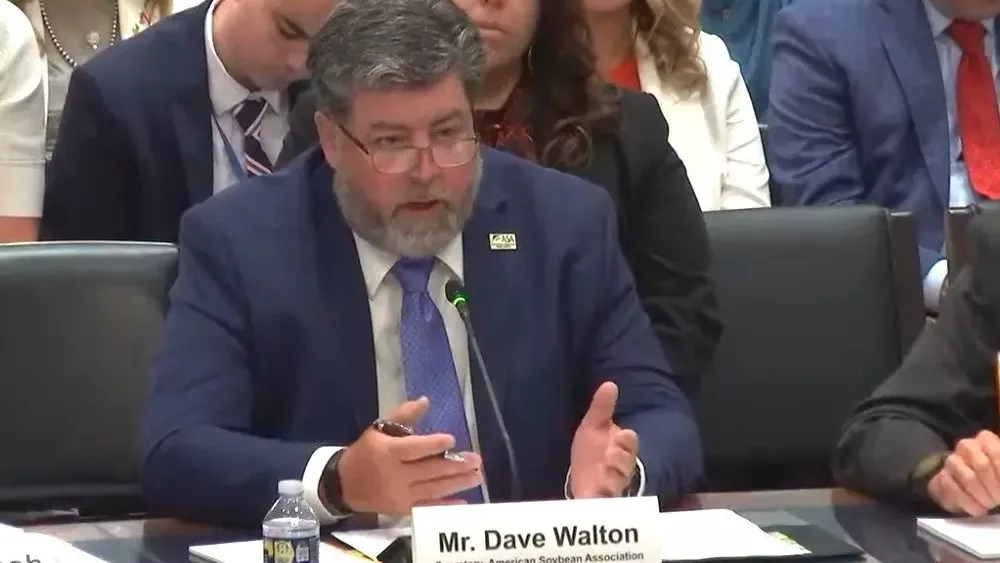The last thing we need right now in agriculture is more uncertainty. Between trade, government aid, the weather, and the pandemic, farmers have had enough uncertainty for one season. However, the U.S. Court of Appeals for the Ninth Circuit decided to add a little more.
At first, they banned the use of Dicamba weed control products at the request of several environmental group, saying the Environmental Protection Agency had not properly evaluated the risk of the product.
This decision came in the middle of the growing season when farmers were using the product. Then they decided to allow farmers to use the supplies on hand.
The EPA responded by telling farmers they could go ahead and use any products they had on hand. The environmentalists went back to the Court and asked it to ban use of the products immediately.
While the legal battles continued, farmers and agribusinesses were caught in the middle, not knowing what to do, what they could do, and what the future of Dicamba is. The Court then decided to allow farmers to use the supplies on hand.
What is at stake here is tremendous. An estimated 64 million acres of dicamba-tolerant seed is already in the ground—with no viable weed control alternative that can realistically be deployed.
Expected yield loss for soy and cotton is as high as 50%, with losses estimated at as much as $10 billion.
This also sets a dangerous precedent when it comes to regulating our food and agricultural system.
Until now, government regulatory agencies have been given the authority to regulate the safety of our food and the safety of the tools used to produce it. The FDA, USDA, and EPA all play key roles in this process.
Comprehensive, long-standing legislation, like FIFRA, have set standards for products, review, and licensing. There is even a framework within this system for appeal and review.
Yet, now, the legal system wants to short circuit this system.
The EPA called the case against Dicamba “a distorted characterization.” The plaintiffs in the case represent a group of well-known, anti-technology organizations with a good deal of funding from the organic food industry.
According to the Activist Funds web site, “The Center for Food Safety [one of the major plaintiffs] is a project of the International Center for Technology Assessment (ICTA). CFS is headed by Andrew Kimbrell, who was mentored by Jeremy Rifkin. Rifkin is perhaps America’s most notable anti-technologist.”
CFS has stated goals which promote organic agriculture by restricting traditional farming methods: “Ensuring the testing, labeling, and regulation of genetically engineered (GE) foods; Preserving strict national organic food standards; Preventing potential animal and human health crises caused by food borne illness — including ‘mad cow’ disease.”
Dicamba is a technology with a troubled legacy. It was developed because agriculture did not do a good job in responsibly stewarding Glyphosate and needed an effective chemistry to deal with resistant weeds.
The track record on handling Dicamba has not been stellar, either. Much of the drift issues with the products are a result of application issues. Some of the application issues have been accidental and some have not.
If this technology remains on the market, we will need to do a more responsible job in using it.
While the plaintiffs would have us, and the three judge panel, believe this is an environmental problem, the truth is that this is another attempt by forces opposed to ag technology to use the legal system.
Policy makers in Washington need to decide who is in charge when it comes to regulating food and agriculture.
Will it be scientists and researchers or judges in robes?
Without this certainty, agriculture will be left in confusion.





